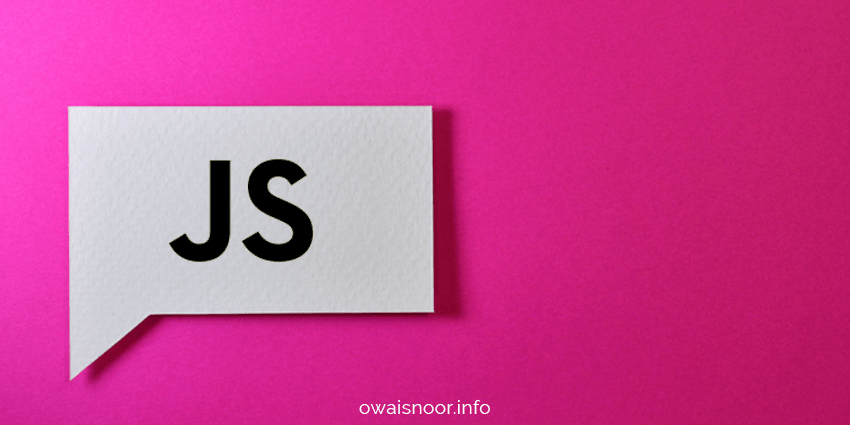Why Vue?
Vue.js is a progressive JavaScript framework that allows you to create compelling user interfaces efficiently and easily. The core development layer focuses on the general experience of your application, yet it leaves you free to import or integrate existing libraries and tools. The goal is — or at least should be — to build incredibly capable and robust single-page (SPA) applications.
I love building applications in Vue.js and here’s why I think the future is looking bright for the framework and its community.
Friendly Learning Curve: Vue is a “progressive JavaScript framework ” no need to learn the whole API to get started with Vue, no need to learn a new system like JSX only basic HTML, CSS and JS knowledge is required to get started. Vue is easy to learn.
Solid Ecosystem: Vue provides official support for several essentials add-ons to do different tasks. For nearly everything you need to do, there’s no tool in Vue toolbox. Vue can also work quite well with alternatives for libraries, like redux or mobx instead of vuex, or another router.
Great Community: Vue has a distributed, hard-working core team, who are continually improving the framework without over-burdening developers with a bunch of fringe features or painful upgrades, forums conferences, meetups, and workspaces are there for Vue community.
No Build Step Required: A critical aspect of the Vue philosophy is it be easy to get started. Unlike some other popular frameworks, it is not necessary to use a complex build tool like Webpack to build an application with it. Just include a script tag pointing to the latest release for development or production, and you have access to the Vue runtime.
High Performance: Vue is fast, it’s not the fastest framework in the hood, but what’s currently available with Vue is plenty enough to deliver impeccable user experience in a single page application a well as user interfaces.
Flexible Development Environment: Web apps in Vue are built with the use of components. While it already gives developers lots of flexibility and adaptability as per project needs, Vue’s single-file components are loosely coupled, which improves code reuse and decreases development time.
Reactivity: Data in various HTML elements renders dynamically in modern web apps. Vue is equipped with its proprietary reactivity mechanism that refreshes the user interface automatically. This approach saves a lot of time and additional lines of code that the developer can use to focus on introducing other features and be more productive.
World Class Command Line Interface: Of course, many developers are looking for advanced development features like ES or TypeScript transpilation, hot module replacement, and tree-shaking, made possible by build tools. Vue has you covered there as well. Vue core team re-wrote their command line interface from the ground up, resulting in Vue CLI 3. It’s designed in such a way to promote best practices and a full-featured default Webpack configuration that should be easier to extend without making it difficult to upgrade, i.e., “no need to eject.” Vue CLI provides a ton of useful additional features, including an interactive project initialization wizard (available through the terminal or a web-based UI), a plugin system to support generators and configuration for community add-ons, and the ability to specify alternative build targets, like web components or as libraries.
So what are you waiting for? Best of luck with your Vue.js journey in the year.


